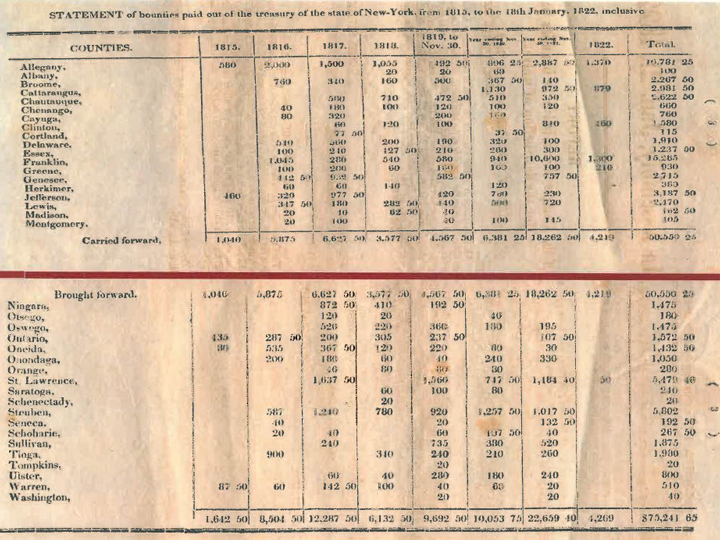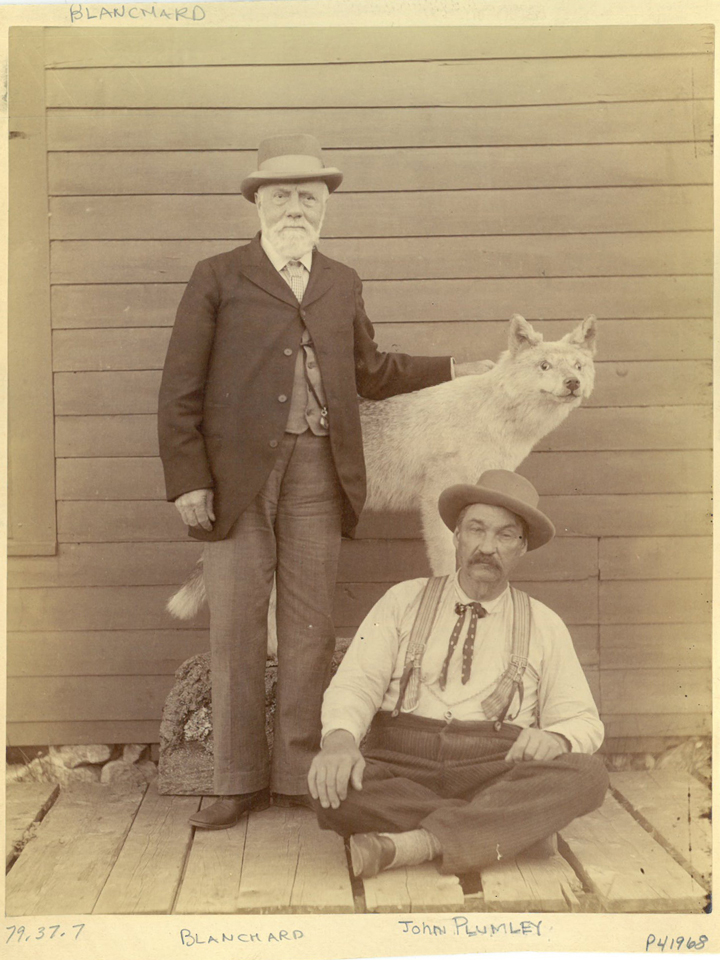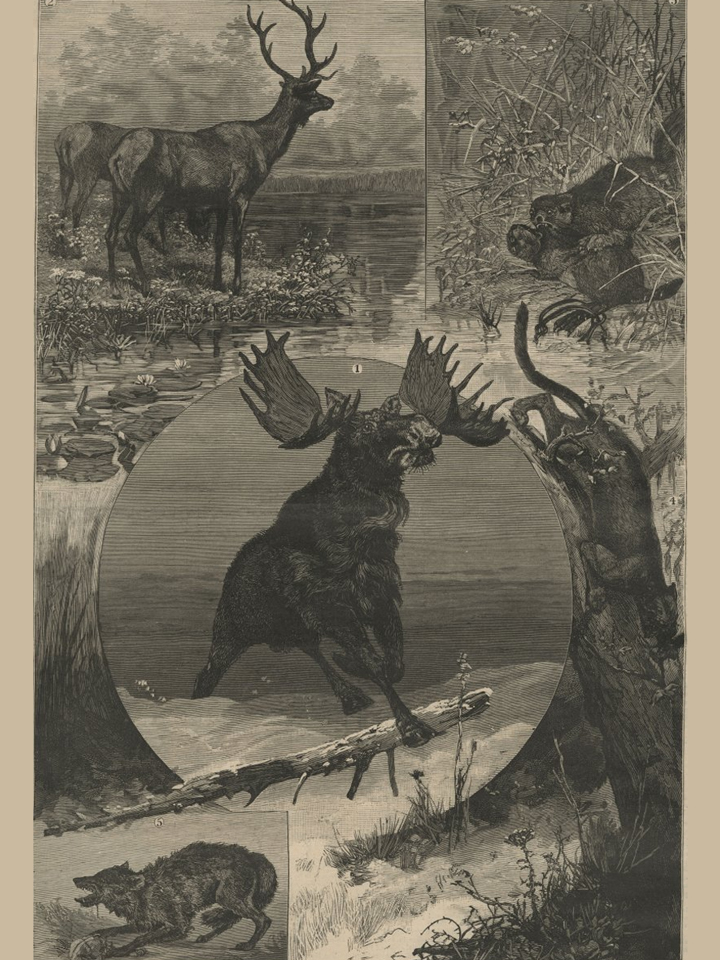
See you this summer!
2024 Open Dates:
Friday, May 24, 2024 – Monday, October 14, 2024
Friday, May 24, 2024 – Monday, October 14, 2024
10am – 5pm | Open 7 days a week, including holidays
Contact Us
9097 State Route 30, P.O. Box 99
Blue Mountain Lake, NY 12812



